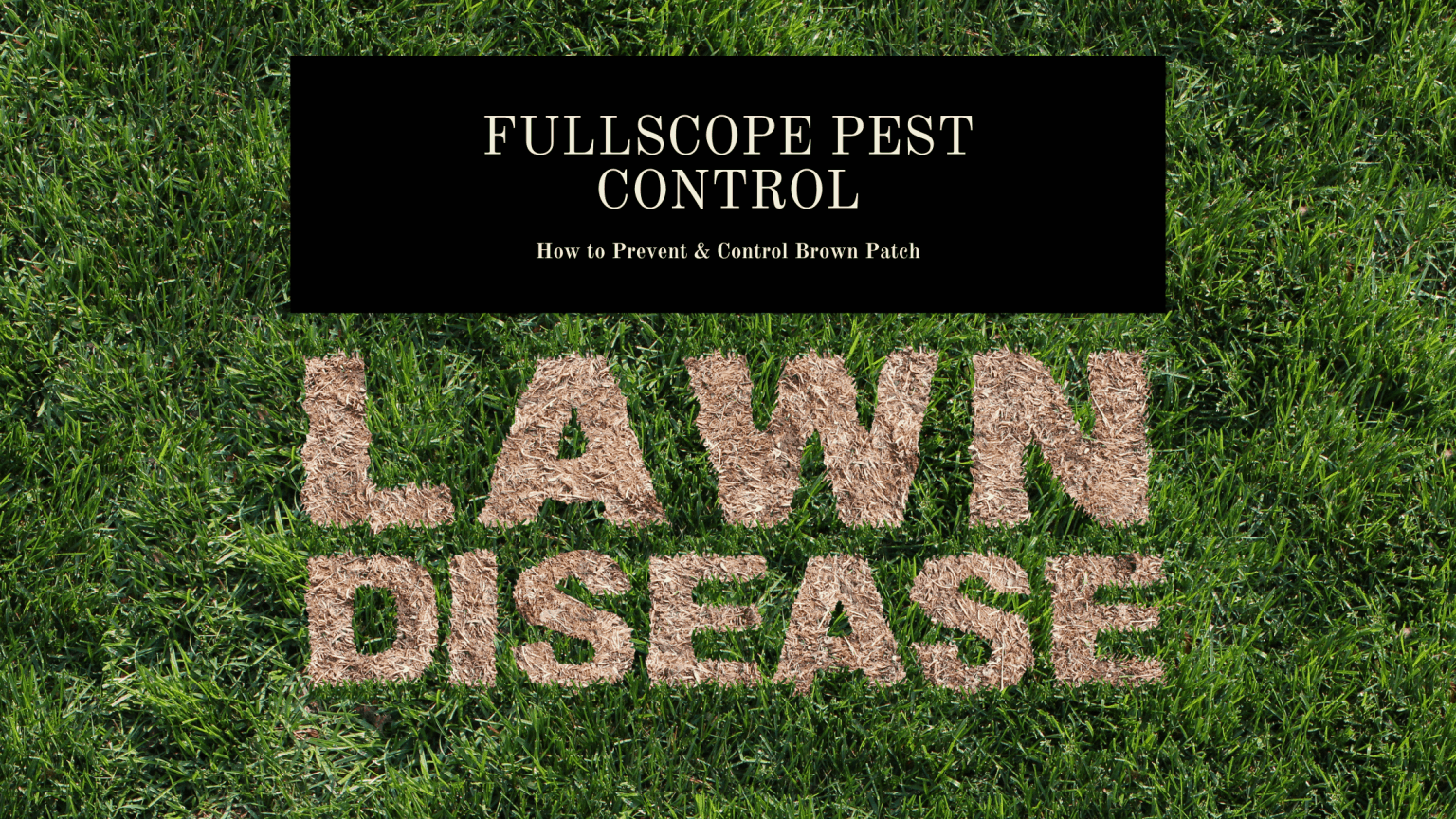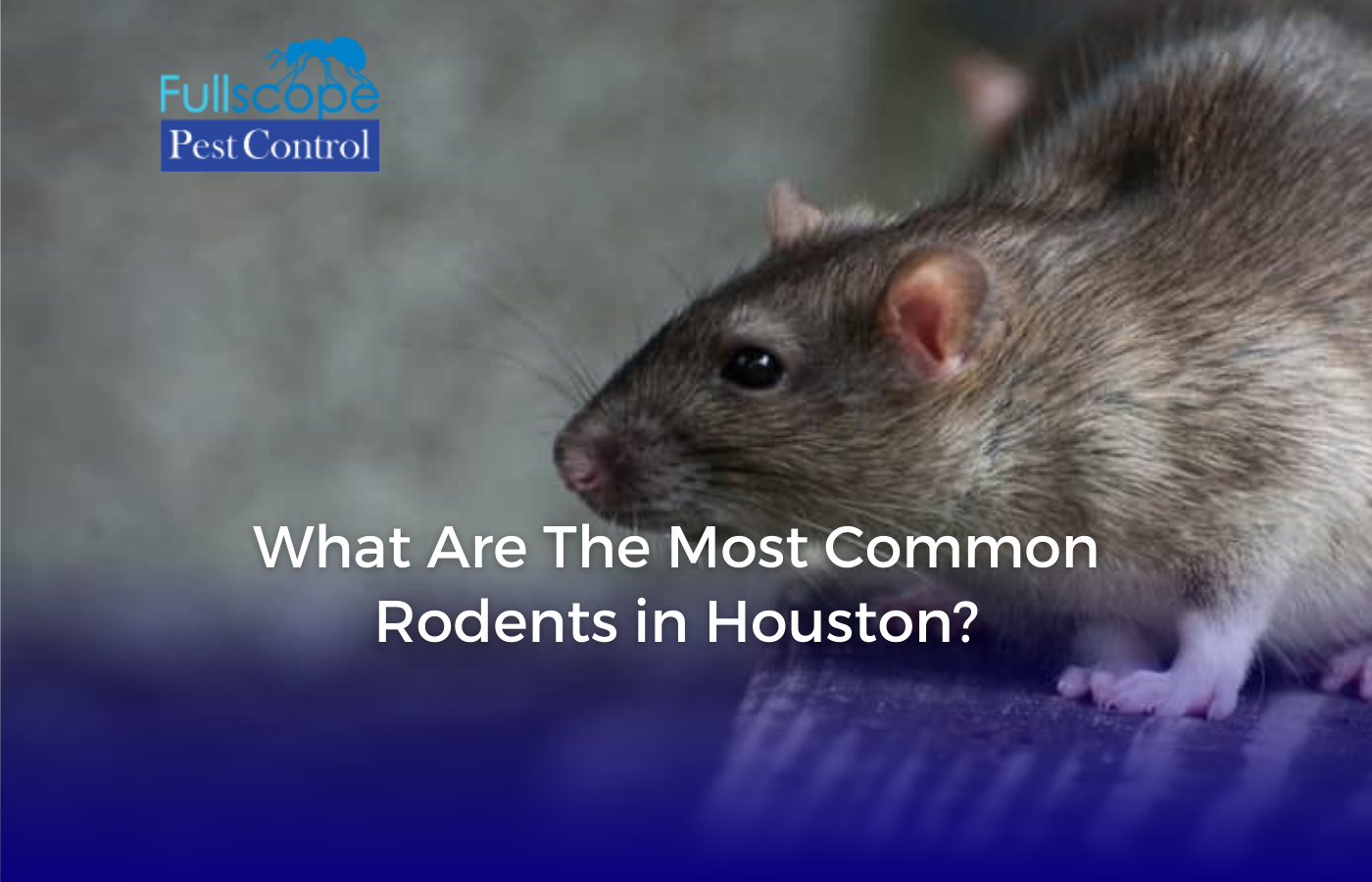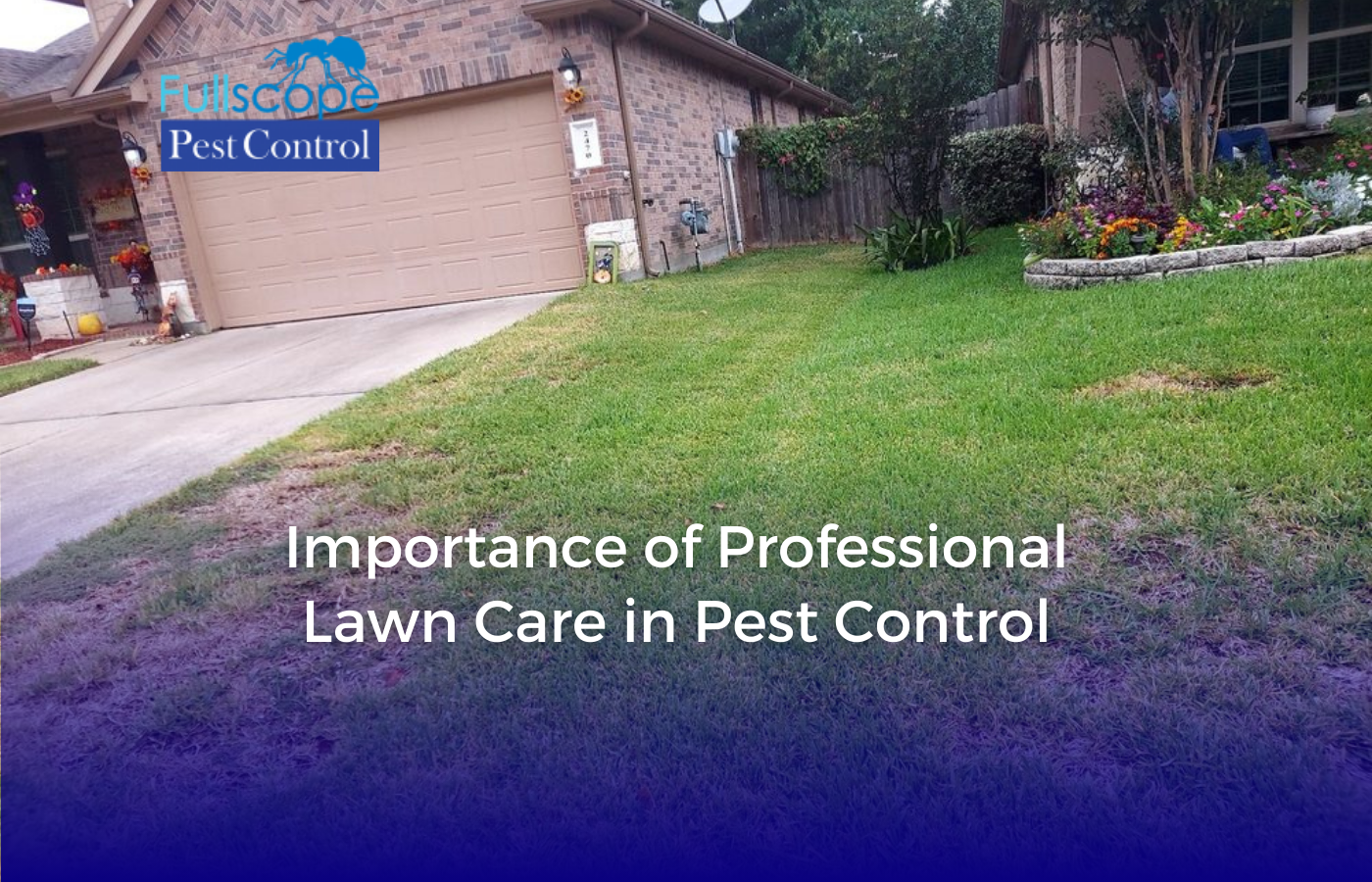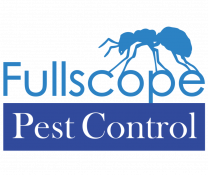Identify and Prevent Brown Patch on Your New Caney Lawn
During the warm weather months, you like your lawn looking green, lush, and healthy. And inviting, to better enjoy grilling, pool parties, and Fourth of July celebrations. But the Texas heat can introduce unsavory fungal diseases into your New Caney lawn, including Brown patch.
When you wake up first thing in the morning, and hear the hum of air conditioners in the neighborhood because it’s already hot and humid, that is ideal Brown patch weather. If you’ve ever seen those indicative brown splotches or surefire signs of other lawn diseases on your lawn, read on for tips to control Brown patch and get your yard back.
Must Read:HOW TO GET RID OF ODOROUS HOUSE ANTS IN YOUR CONROE YARD AND HOME
What Is Brown Patch?
Brown patch invades rapidly. You might come home for dinner, and walk through your familiar lush lawn. The next morning you may wake up to brown patchy areas around your yard, signs of Brown patch taking hold.
Brown patch is a summer fungal disease, that can overwinter in your Texas lawn’s thatch. It activates during dew periods longer than 10 hours, and when overnight temps get above 65⁰ Fahrenheit. These are perfect conditions for fungi like Brown patch to develop.
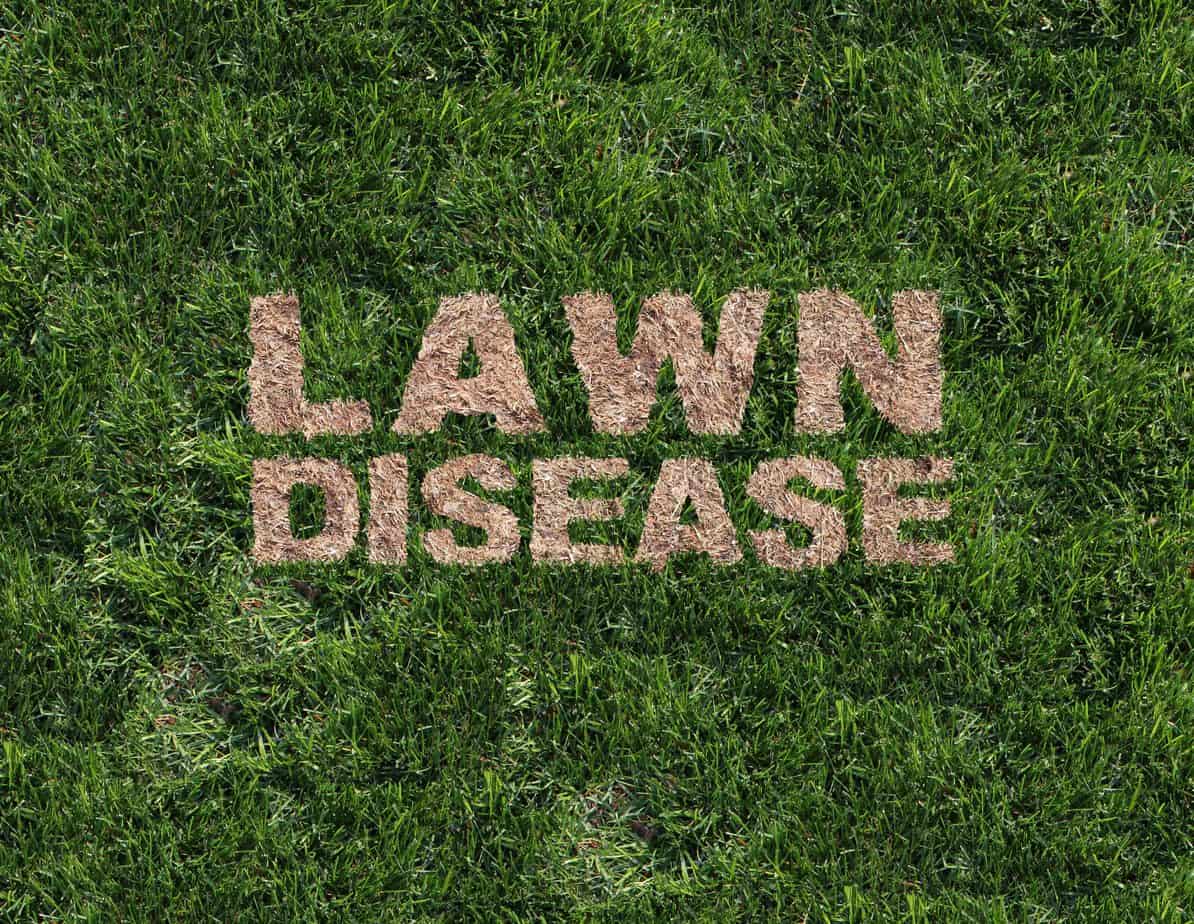
Those big brown patches in your lawn are signs the disease is spreading. The grass becomes brittle, brown, and unhealthy.
Cooler-season grasses like Tall Fescue, Bentgrass, Perennial Ryegrass, and Kentucky bluegrass typically start showing symptoms of Brown patch during the late spring. Warmer season species (e.g., St. Augustine grass, Centipede grass, Bermuda grass, and Zoysia grass) will usually manifest symptoms twice during the season: once in the early spring, and again in the late fall.
Brown Patch Prevention 101
It goes without saying that regular, consistent, basic lawn care practices are the best way to help keep your lawn healthy. Try the following:
- Mow your lawn regularly. Mow to the appropriate height for your type of grass species. Cutting your lawn too short can help the fungus spread faster.
- Remove lawn clippings after mowing. Especially in warm to hot weather, you don’t want to help spread the fungus around your lawn.
- Test your yard’s soil. Make adjustments as necessary. Any pH reading less than 6.0 is going to make fungal diseases worse.
- Irrigate your lawn only when necessary. Only irrigate with about one inch of water weekly, as more moisture helps the fungus spread faster.
- Ensure proper drainage for your lawn. Make sure your lawn is draining properly (surface and subsurface areas), and aerate to help correct for soil compacting.
- Don’t use too much nitrogen fertilizer! Keeping nitrogen levels optimal and avoiding fast-release forms of nitrogen fertilizer can help keep fungi from spreading to cause Brown patch and other turfgrass diseases.
You’re proud of your lawn. But wouldn’t you rather be spending more of your free time with friends and family? All the best preventive measures can help keep your lawn healthy, but sometimes you need to call in the professionals with the right tools and expertise. Call our New Caney, TX pest control experts today at 832-898-0190 or email us at [email protected], and we can help you manage your lawn, keep it healthy, while saving all sorts of money, stress, and time. With the time you save, you can spend more quality time grilling with your family and friends!

